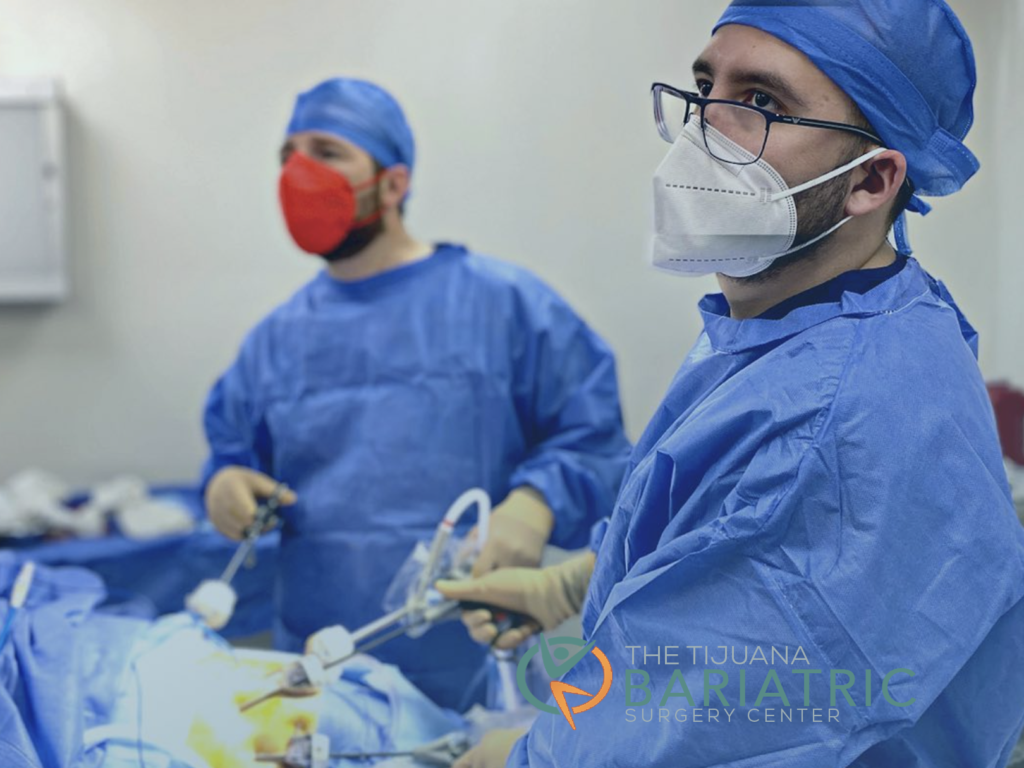Single incision surgery is know by a variety of names, including: Single-port access surgery, Single-access endoscopic surgery, or simply by its acronym SILS.
Single incision surgery is a recently developed technique in laparoscopic surgery and it is most notable for being minimally invasive and requiring only a single incision through the belly button to accomplish any number of procedures, including appendectomy, hernia repair, adjustable gastric banding, hysterectomy, sleeve gastrectomy, and many others.
For many years, large incisions were necessary to perform abdominal surgical procedures. This method proved to be effective, but was accompanied by multiple morbidities, including wound infection, postoperative pain, incisional hernia, and prolonged hospitalization.
Single incision surgery has effectively addressed patients’ need for a better surgical experience by leaving less scarring, minimal trauma (both of access and intra-abdominal manipulation), less medication, less pain, reduced hospitalization, and early return to family and work.
“Reducing scars and the insult of surgical trauma has become a vital endpoint of all surgical assessment and endeavor”.
Because of this, the number of surgeons who enthusiastically practice and advocate SILS is increasing rapidly worldwide.
Technique
During laparoscopic procedures the surgeon makes a small (about 11 mm) incision and places a short tube, or cannula, through the abdominal wall. This cannula is connected to a special pump that pumps carbon dioxide gas into the abdomen.
The abdominal wall is lifted up by the gas, thus providing the surgeon a space to work in. To look inside the abdomen, the surgeon passes a rod-like telescope through the cannula. The telescope is connected to a miniature video camera that picks up the picture of the inside of the abdomen and transmits it to a television screen. The surgeon then carries out the operation with the help of special, long instruments introduced inside the abdomen through other cannulas and by observing the picture of the operative site on the television screen.
There are two ways of performing SILS. One approach involves using a specialised access device (access port) through which telescopes, as well as specialised roticulating instruments, are passed inside the abdomen.
Alternatively, the surgeon can pass multiple cannulas or tubes side-by-side through the same incision and introduce standard laparoscopic instruments through these cannulas.
Benefits and possible adversities related to Single incision surgery
Evidence currently supports that laparoscopic procedures generally result in better quality-of-life outcomes than open surgery.
When compared with traditional multi-port laparoscopic techniques, benefits of SILS include: Minimal scarring, minimal pain, low blood loss, less requirement for narcotics, fast recovery and short hospital stay,
SILS requires only one small incision, thus minimizing the risk of infection, hernias and better cosmetic results by leaving only a single small scar. Candidates for traditional laparoscopic surgery are generally also candidates for SILS.
As with any surgical procedure, there are risks. The potential problems of any surgery include significant postoperative pain, injury to organs, bleeding, infection, incisional hernia, intestinal adhesions and scarring. Evidence currently supports that laparoscopic procedures generally result in better quality-of-life outcomes than open surgery.
At Bariatric Surgery Tijuana we are dedicated to providing the highest quality of surgical weight loss management in a caring and compassionate setting.



